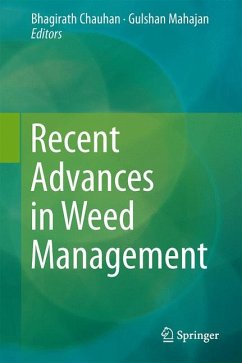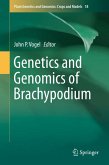Written by experts in the field and supplemented with instructive illustrations and tables, Recent Advances in Weed Management is an essential reference for agricultural specialists and researchers, government agents, extension specialists, and professionals throughout the agrochemical industry, as well as a foundation for advanced students taking courses in weed science.¿
Dieser Download kann aus rechtlichen Gründen nur mit Rechnungsadresse in A, B, BG, CY, CZ, D, DK, EW, E, FIN, F, GR, HR, H, IRL, I, LT, L, LR, M, NL, PL, P, R, S, SLO, SK ausgeliefert werden.
"The advances chronicled in this volume's 17 chapters demonstrate extensive progress in understanding how microevolutionary forces operate in changing landscapes, changes initially triggered by the introduction and then extensive use of herbicides in weed management. ... this book also heralds an opportunity for this community of scientists to work more closely together to meet this common goal. Summing Up:Recommended. Upper-division undergraduates and above." (M. K. Harris, Choice, Vol. 52 (7), March, 2015)









